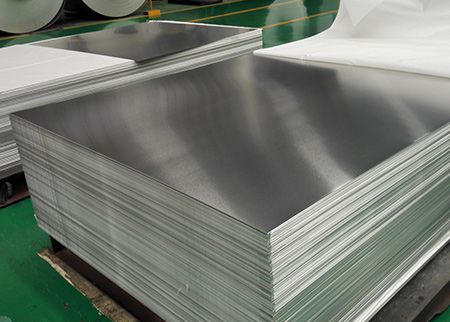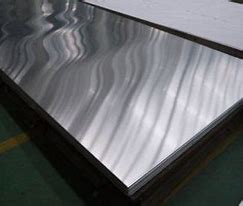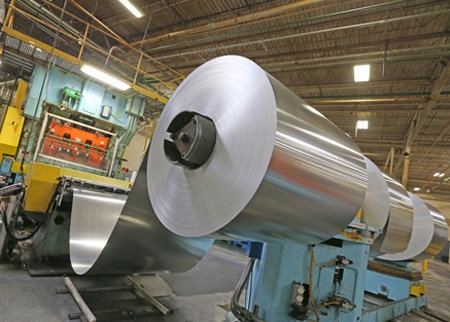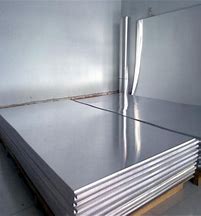



Diffusion welding of aluminium alloys
Diffusion welding is the combination of metal bonding with the help of local plastic deformation between materials in contact with each other at high temperatures, the close fit between surfaces and the mutual diffusion between surfaces, thus obtaining a certain form of integral joint. The mutual diffusion of atoms is the basis for achieving diffusion joints. Diffusion welding requires the use of large pressures, high precision requirements for the mating surfaces, difficult uniform pressures for complex components and even expensive and complex fixtures, making diffusion welding relatively high-end.

Diffusion welding can be divided into diffusion welding of dissimilar materials, diffusion welding of the same material, plus intermediate layer diffusion welding, superplastic forming diffusion welding, isostatic diffusion welding, transition liquid phase diffusion welding (TLP), etc., of which the transition liquid phase diffusion welding (TLP) combines the advantages of both brazing and solid phase diffusion welding to form a new connection method, the principle of which is to match the base material intermediate layer of alloy placed on the connection surface, domestic and foreign scholars Scholars at home and abroad have begun in-depth research into this method. Domestic research on TLP is still in its infancy, mainly for the welding process of some heterogeneous and difficult to weld metals. Compared with the research done in China, foreign research direction to be a little broader, not only involves the study of the process, more is the simulation of TLP welding, TLP process to achieve some of the key factors to focus on the study. At present, domestic and foreign research on TLP mainly has the following aspects: Shandong Electric Power Research Institute engineer Wang Xegang, etc. using self-developed Fe-Ni-Si-B system amorphous metal foil strip as an intermediate layer material and TLP process, in the open gas shielded environment of welding power station commonly used steel pipe. A continuous and homogeneous weld seam structure and mechanical properties better than those of manual fusion welding can be obtained. The process parameters include interlayer material, heating temperature, holding time, pressure and requirements for the welded end face.
Through a series of experimental studies, the results show that: the material diffusion welding, welding temperature is the main process parameters affecting the strength of the joint, when the welding temperature between the liquid-solid two-phase temperature range of the base aluminium alloy, the bonding surface of the liquid base metal, you can get a higher strength of the joint. There are many researchers at home and abroad engaged in diffusion welding research, but not much research on silicon aluminum alloy diffusion welding, in this area of research prospects and exploration space is relatively long-term.
* Thank you for your inquiry. Please provide your business needs information so that we can better serve you.
This information can help us assign the most suitable person to solve your problem. We will give you feedback within 1-2 working days.
Related Blog







